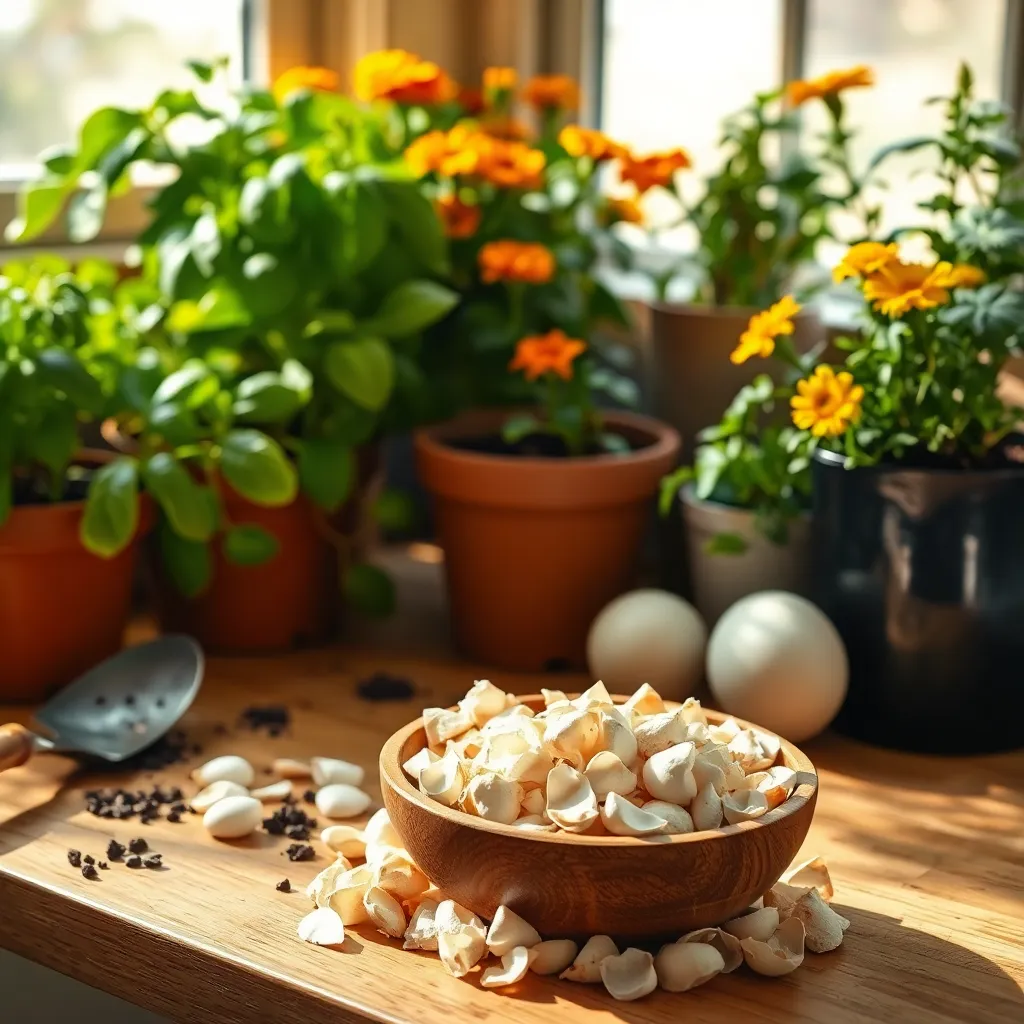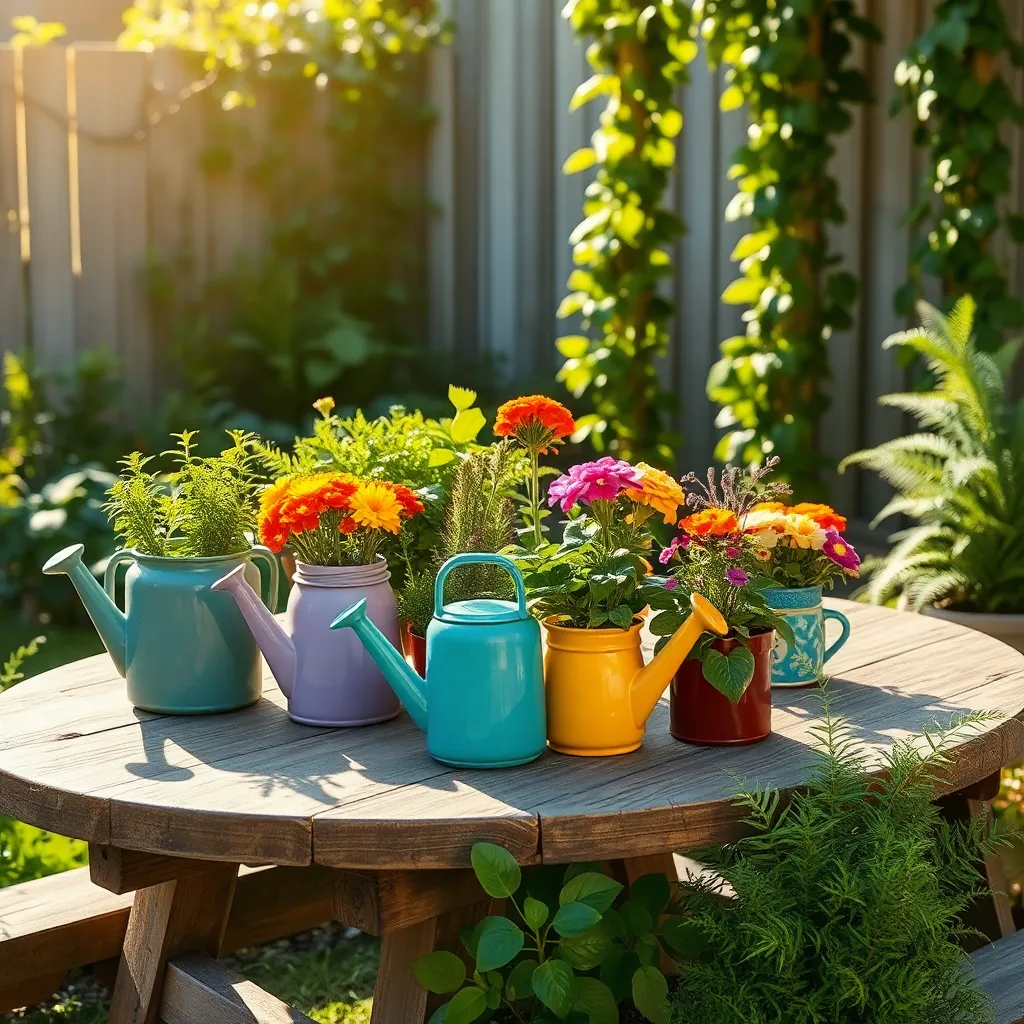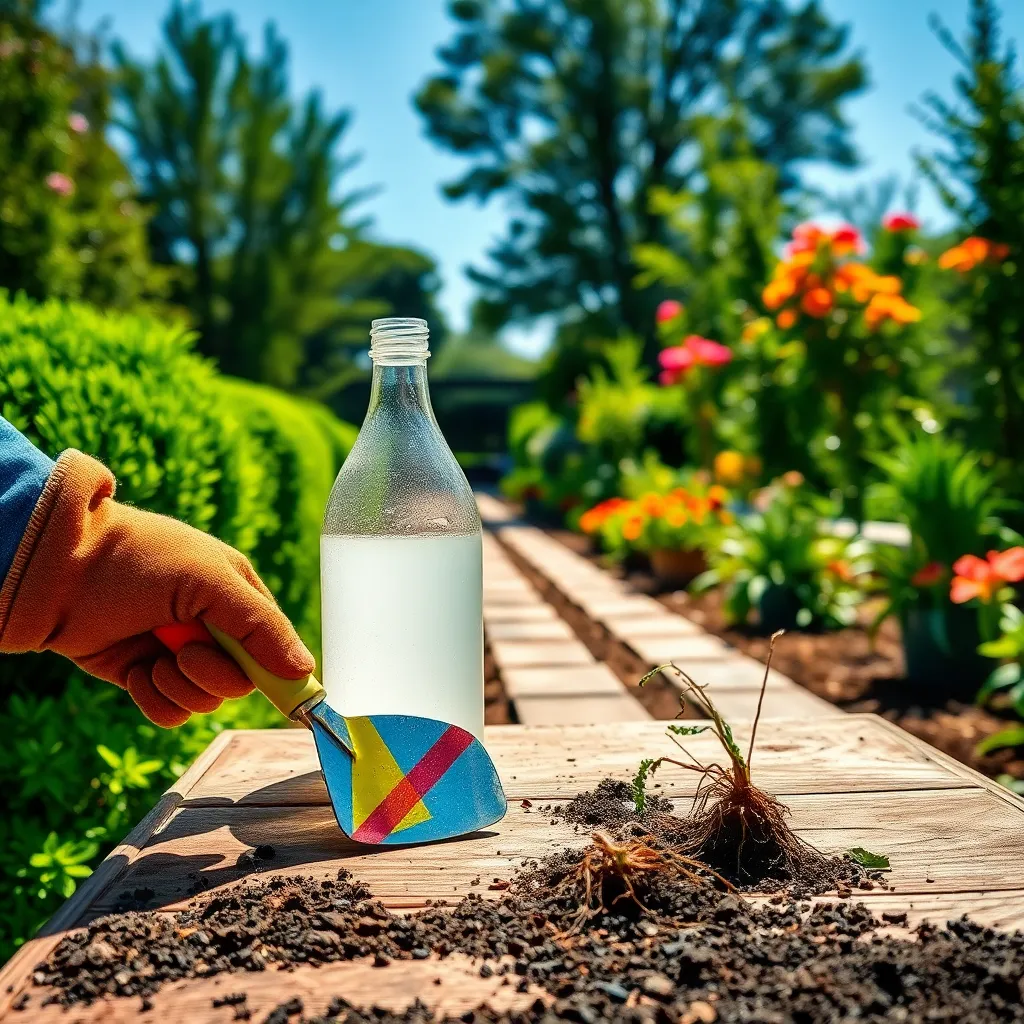Imagine turning your kitchen into a treasure trove of gardening solutions, where everyday household items double as secret weapons for your garden. Whether you’re a seasoned gardener with a green thumb or a budding enthusiast just starting out, there’s a wealth of untapped potential sitting on your shelves. The beauty of gardening hacks lies in their simplicity and resourcefulness, allowing you to enhance your garden without breaking the bank. By repurposing items you already own, you’re not just saving money—you’re also engaging in a sustainable practice that’s kind to the environment.
In this article, we’ll explore clever ways to transform common household items into invaluable gardening tools. From using eggshells as natural fertilizers to crafting DIY watering systems with plastic bottles, you’ll discover a myriad of tips that make gardening both easy and effective. Not only will these hacks simplify your gardening routine, but they’ll also empower you to nurture your plants with confidence and creativity. You’ll be amazed at how these small adjustments can yield big results, turning your garden into a thriving oasis.
Repurpose Eggshells as Fertilizer

Transforming your kitchen waste into garden gold is gratifying, and eggshells are a fantastic starting point. Rich in calcium, eggshells can significantly improve soil structure and provide essential nutrients to plants.
After using your eggs, rinse the shells and allow them to dry. Crush them into small pieces or powder for easier integration into the soil, ensuring your plants can access the nutrients quickly.
Incorporate crushed eggshells directly into the soil around your plants to boost calcium levels, particularly for vegetables like tomatoes and peppers that thrive with this mineral. For a more advanced method, you can steep the crushed shells in boiling water overnight to create a nutrient-rich eggshell tea for watering your plants.
Eggshells also offer a natural pest deterrent; their sharp edges can deter soft-bodied pests like slugs and snails. Scatter the crushed shells around the base of vulnerable plants as a simple, eco-friendly barrier.
Use Coffee Grounds for Acidic Soil

Coffee grounds are a fantastic addition to your gardening toolkit, particularly for acid-loving plants. They can help lower the pH of your soil, creating an ideal environment for plants like blueberries, azaleas, and rhododendrons.
To use coffee grounds effectively, sprinkle them in a thin layer directly onto the soil surface around your plants. Alternatively, you can mix them into your compost pile to contribute organic matter and nutrients as they break down.
Begin by applying a small amount, such as a half cup of grounds per plant, and observe your plants for any signs of improvement. Over time, gradually increase the quantity as long as your plants respond positively and the soil remains well-drained.
For a more advanced approach, incorporate coffee grounds into a homemade mulch blend. Combine the grounds with other organic materials, like shredded leaves or straw, to help retain moisture and suppress weeds while enhancing soil acidity.
Create DIY Watering Cans

Transforming everyday household items into gardening tools can be both cost-effective and fun. For a simple DIY watering can, start with an empty plastic milk jug or a large detergent bottle.
Begin by rinsing out the container thoroughly to remove any residue that might harm your plants. Once clean, use a nail or drill to make several small holes in the cap, ensuring the water will flow evenly when you pour.
Consider the size of the holes based on your plants’ needs. Smaller holes are perfect for delicate seedlings, while larger holes work well for mature plants that require more water.
For those with larger gardens, consider repurposing a 5-gallon bucket by drilling holes in the lid, creating a bulk watering system. This method is especially useful for watering rows of vegetables or larger flower beds.
Using a DIY watering can allows you to control the water flow and prevent overwatering, which is crucial for maintaining healthy plants. Tailor your watering schedule to the specific needs of your plants; most prefer a deep watering once or twice a week rather than frequent shallow watering.
By customizing your watering can, you can also add attachments like a spout made from an old hose for reaching plants in tight spaces. Not only does this help conserve resources, but it also encourages creative solutions to gardening challenges.
Transform Plastic Bottles into Planters

Transforming plastic bottles into planters is an eco-friendly way to repurpose waste while enhancing your garden. Begin by cutting a plastic bottle in half and making small drainage holes at the bottom to ensure proper water flow.
Fill the bottom half with a well-draining soil mix, such as a combination of potting soil and perlite. This mix will help prevent waterlogging and promote healthy root growth.
Choose plants that thrive in smaller containers, like herbs or succulents, which require minimal space and care. Ensure these plants receive adequate sunlight; most herbs need about 6 hours of direct sunlight daily, while succulents prefer bright, indirect light.
For advanced gardeners, consider creating a vertical garden by attaching several bottle planters to a wooden frame. This setup not only saves space but also allows for creative plant arrangements, turning a simple wall into a lush, living tapestry.
Water your bottle planters regularly, but be cautious not to overwater, especially with succulents. Checking the soil moisture with your finger before watering can help prevent root rot, ensuring your plants remain healthy and vibrant.
Utilize Vinegar for Weed Control

Vinegar, a common household item, can be an effective tool for controlling weeds in your garden. Its high acidity makes it a natural herbicide, ideal for those looking to avoid chemical alternatives.
To use vinegar as a weed control method, opt for a solution with at least 5% acetic acid. Simply pour the vinegar into a spray bottle and apply it directly onto the weeds, ensuring full coverage for the best results.
For more persistent weeds, consider using horticultural vinegar, which has a higher acetic acid concentration. Be cautious, as this potent solution can also affect surrounding plants and soil if not applied carefully.
Application during sunny weather enhances vinegar’s effectiveness, as the heat helps to dry out and kill the weeds faster. Always aim for the base of the weeds to minimize any impact on your desired plants.
Conclusion: Growing Success with These Plants
In the charming intersection of gardening and relationships, we’ve uncovered five essential concepts: nurturing growth through patience, utilizing available resources creatively, maintaining balance with regular care, embracing adaptability to changing conditions, and fostering connection with shared goals. Just as household items can transform your garden, these principles can breathe new life into your relationships.
Start immediately by choosing one concept to focus on today—perhaps by extending patience to your partner or finding a creative way to express love using resources at home. As you embark on this journey of growth, remember to bookmark this article for those times when you need a gentle reminder of the basics.
Looking forward, consistent application of these concepts can nurture your relationship into a thriving, resilient partnership. By saving this guide, you’re ensuring that you have a trusted source to revisit and inspire you. With every small step you take, you’re cultivating the foundation for lasting relationship success. So, take action now—your relationship, much like a flourishing garden, requires your tender care and attention to truly blossom.

